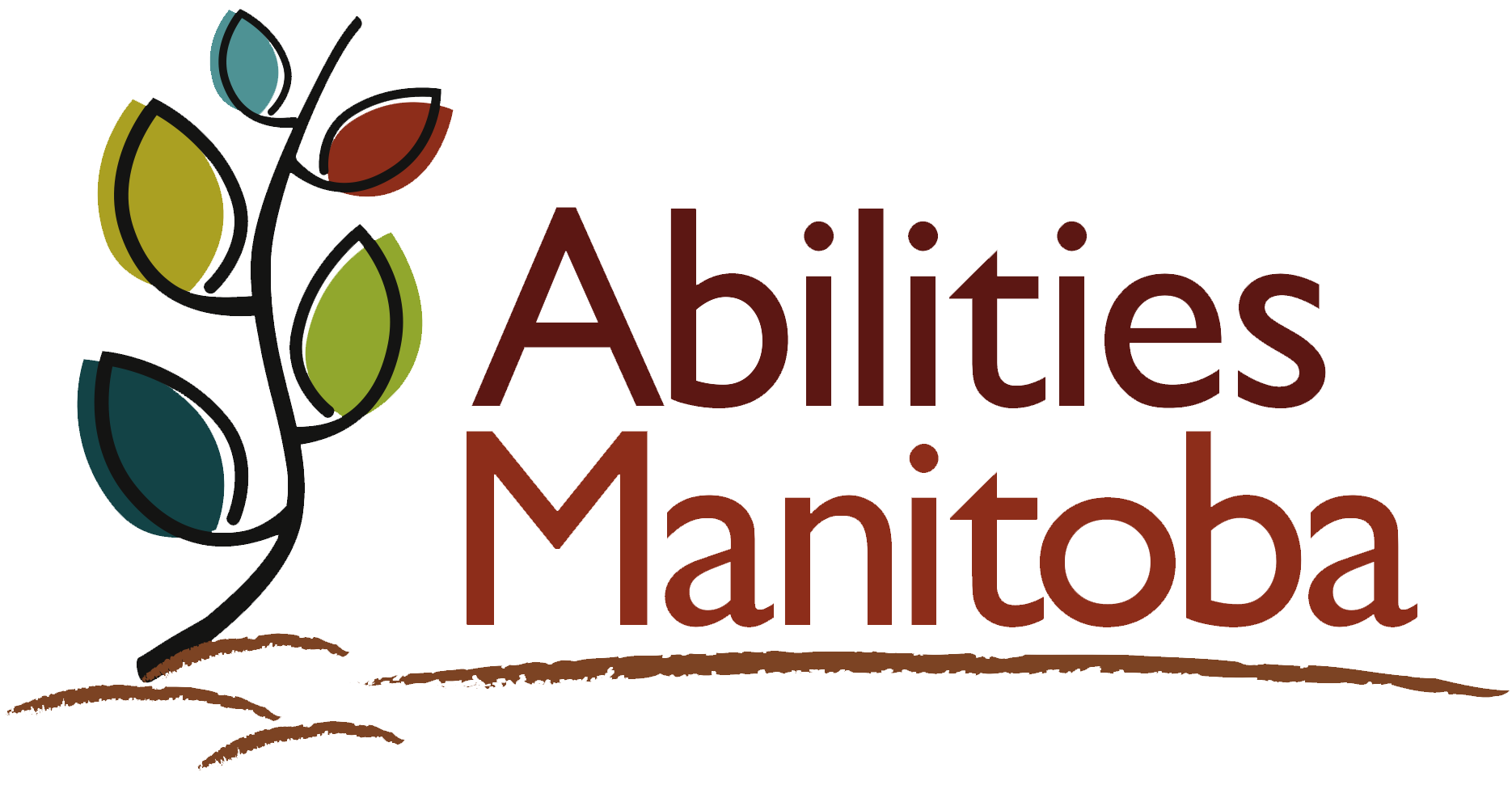Documents authored by Abilities Manitoba are available in alternative formats. For other shared documents and resources, please contact the original author. If you require any assistance please contact us and we will do our best to accommodate you.
You can contact us at admin@abilitiesmanitoba.org or 431-688-6108.
Leading Practice Guidelines
Personal Safety
Type: Wellbeing
Guideline: The organization proactively prevents, identifies and responds to risks to the safety and wellbeing of people using services. Supports needed to be as safe as possible are integrated into each person’s support plan. Information, training and opportunities to practice safety skills are provided to the person receiving services.
What does this look like?
Documented processes and practices (including training staff) are in place that describe systems for ensuring the environment where services are provided are safe, hygienic, and clean. These include, but are not limited to:
- Fire and other emergencies;
- Safety and security;
- Maintenance and management of equipment, furniture, lighting, and ventilation;
- Appropriate physical accessibility;
- Food safety and nutritional suitability;
- Chemical use and storage;
- Infection control – cleaning;
- Occupational health and safety including incident, accident, and hazard reporting.
There are records of regular monitoring of systems, for example, fire and emergency equipment, equipment maintenance and food safety.
People received safety education and training specific to the environments and conditions they encounter. This includes training, support and opportunities to practice what to do in an emergency (medical, fire, bad weather, etc.) – See Emergency Measures.
The organization provides information, training and skill development opportunities to people they support as needed to assist them to be safe in their community. This may include support in the areas of:
- Using public transport
- Negotiating roadways and traffic
- How to find their way around their community
- Using and keeping their money safe and personal belongings while out
- Recognizing dangerous situations
- Public vs private
- Good touching/bad touching
- What to do when bad weather occurs
- Avoiding exploitation or bullying
- Asking for help when needed
- Staying calm when anxious
- Using a cell phone to get help
Staff are trained and expected to be alert and respond to signs of significant deterioration in people’s physical or mental health and wellbeing or risk of harm.
The organization listens to and takes people seriously if they have a concern about the protection and safety of themselves or others. The organization intervenes and ensures required reporting occurs and the person is safe, supported and assisted to gain additional help or treatment as needed.
The organization has processes in place for when people supported may go missing which dictates urgent action, including looking for the person and liaising with the police, other agencies and people who are important to them.
Staff are expected and trained to be alert for situations in which people supported may harm themselves or others. They are aware of their duty to protect the person and others and to take action to try to prevent harm. Support planning documentation includes information about risks for harm and the support that must be in place to reduce the harm.
The organization has a system of reporting, investigating and reviewing incidents, accidents and hazards which ensures that actions are identified and taken to avoid repetition of negative occurrences.
How would you know this is happening? (Evidence)
What you see in systems:
- Training materials and completion records are available for staff and people supported
- Incident or accident reports
- Support Plan documentation includes information around safety. Where complex or significant safety concerns are present, the person has a specific Safety Plan.
What you see in actions:
- People receive the supports, education and training to be as safe as possible while balancing their rights to make informed choice and have dignity of risk.
- Staff have the knowledge, tools and training to know what to do when people’s safety is at risk. This includes proactive identification, emergency intervention, and reporting of risks.
Resources to support achieving guideline:
- ESCAPE-NOW: Effective Strategy-Based Curriculum for Abuse Prevention and Empowerment for Individuals with Developmental Disabilities - NOW (Khemka & Hickson, 2015) [link no longer available]
- Quality in Practice Guides – Safety [link no longer available]
- Risk Assessment – Surrey Place
- Safety at Home and in the Community – Connectability
